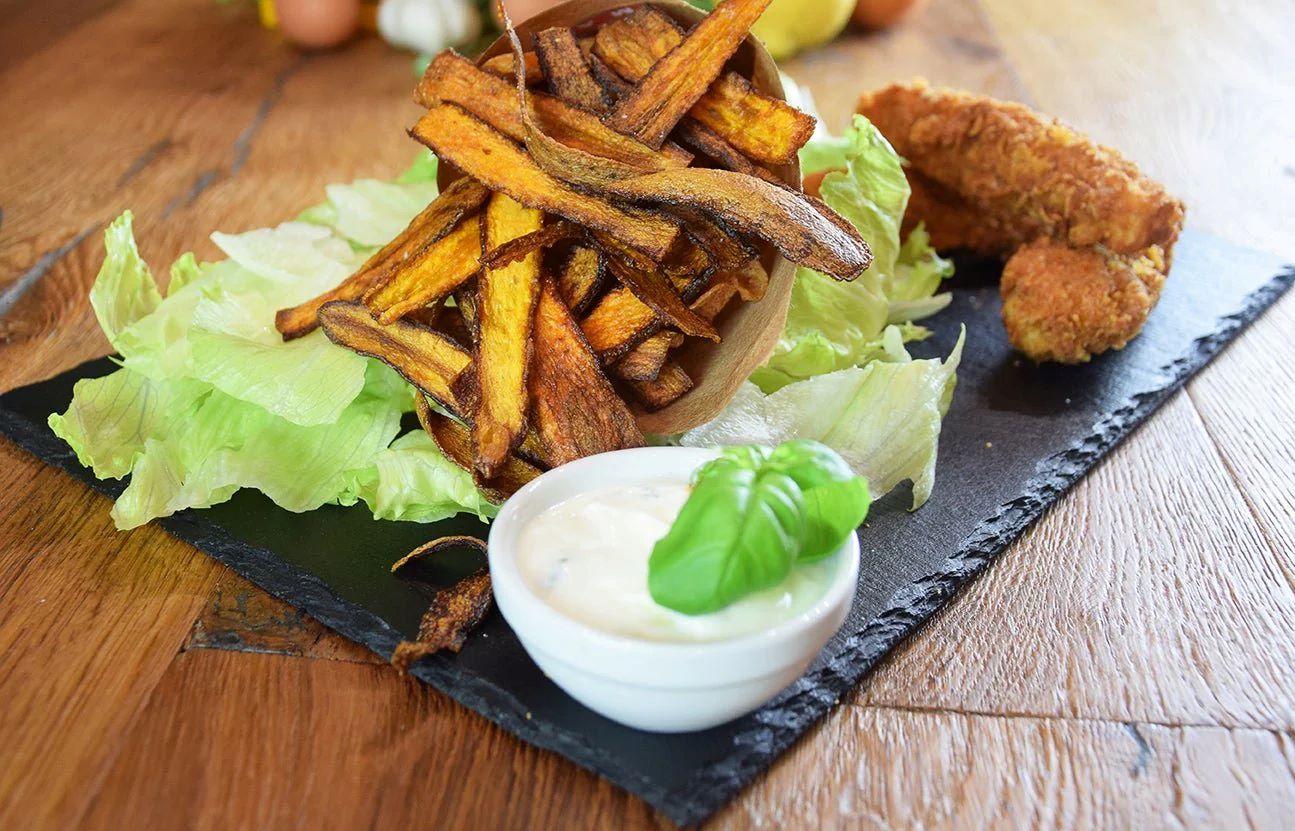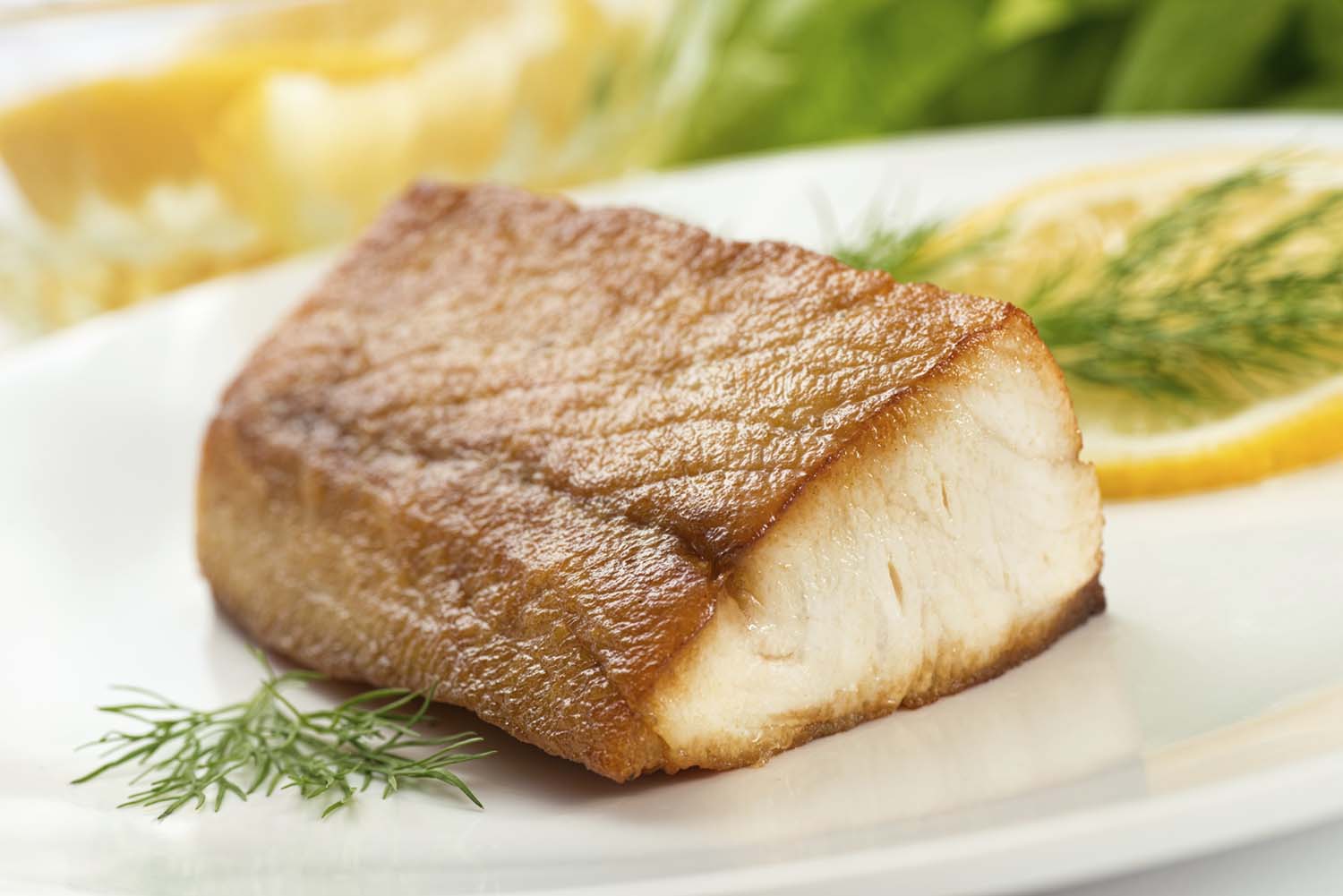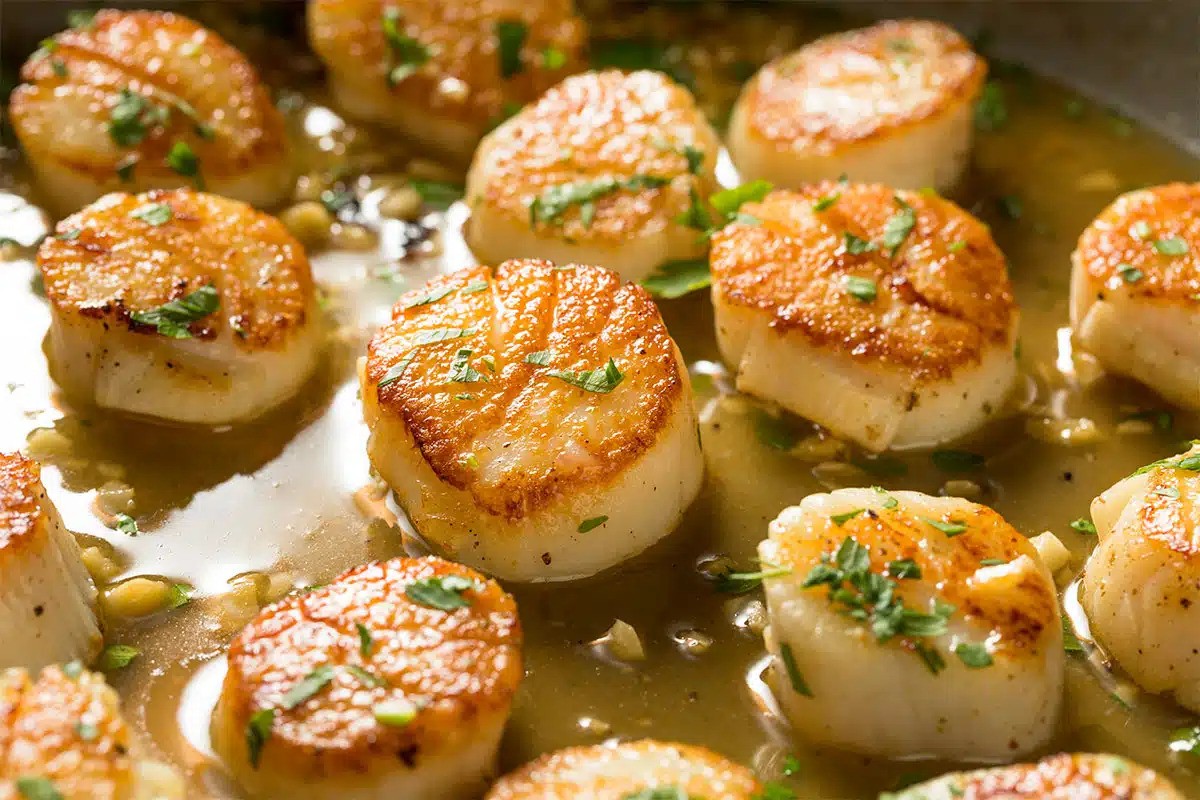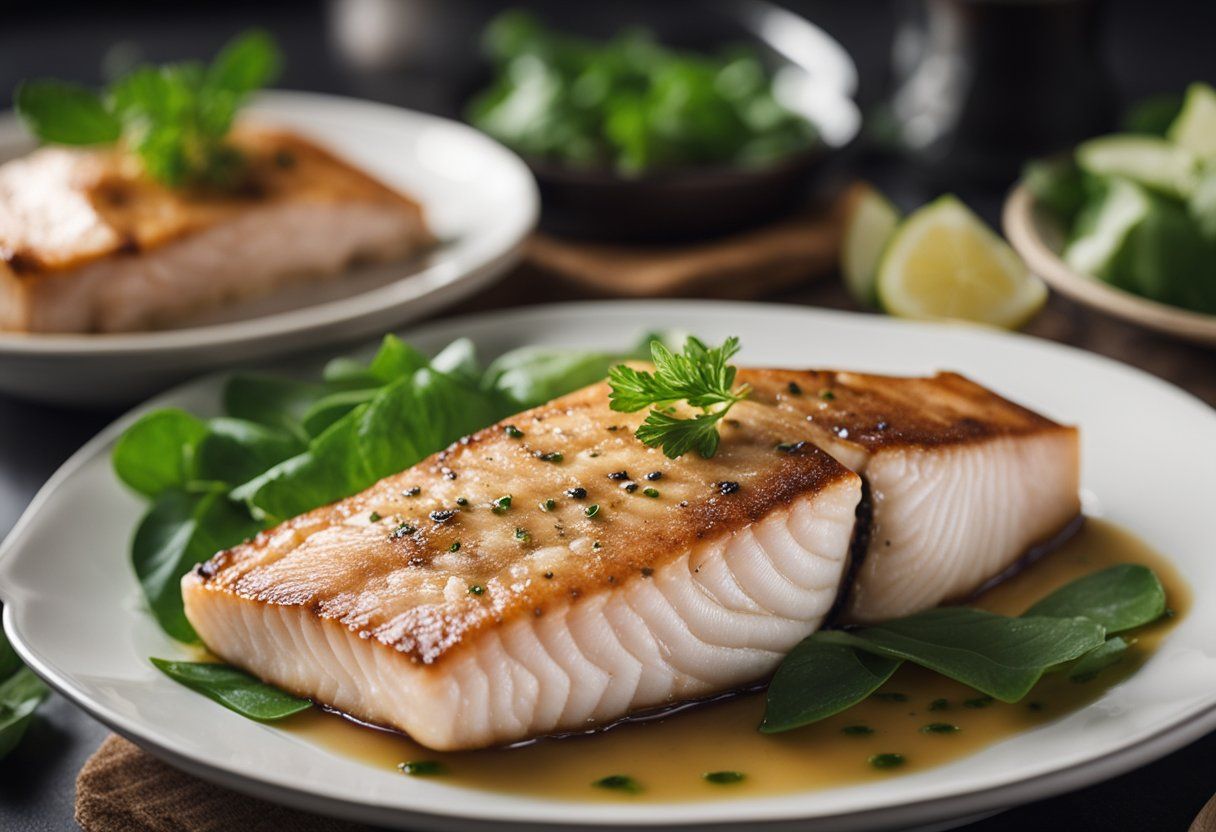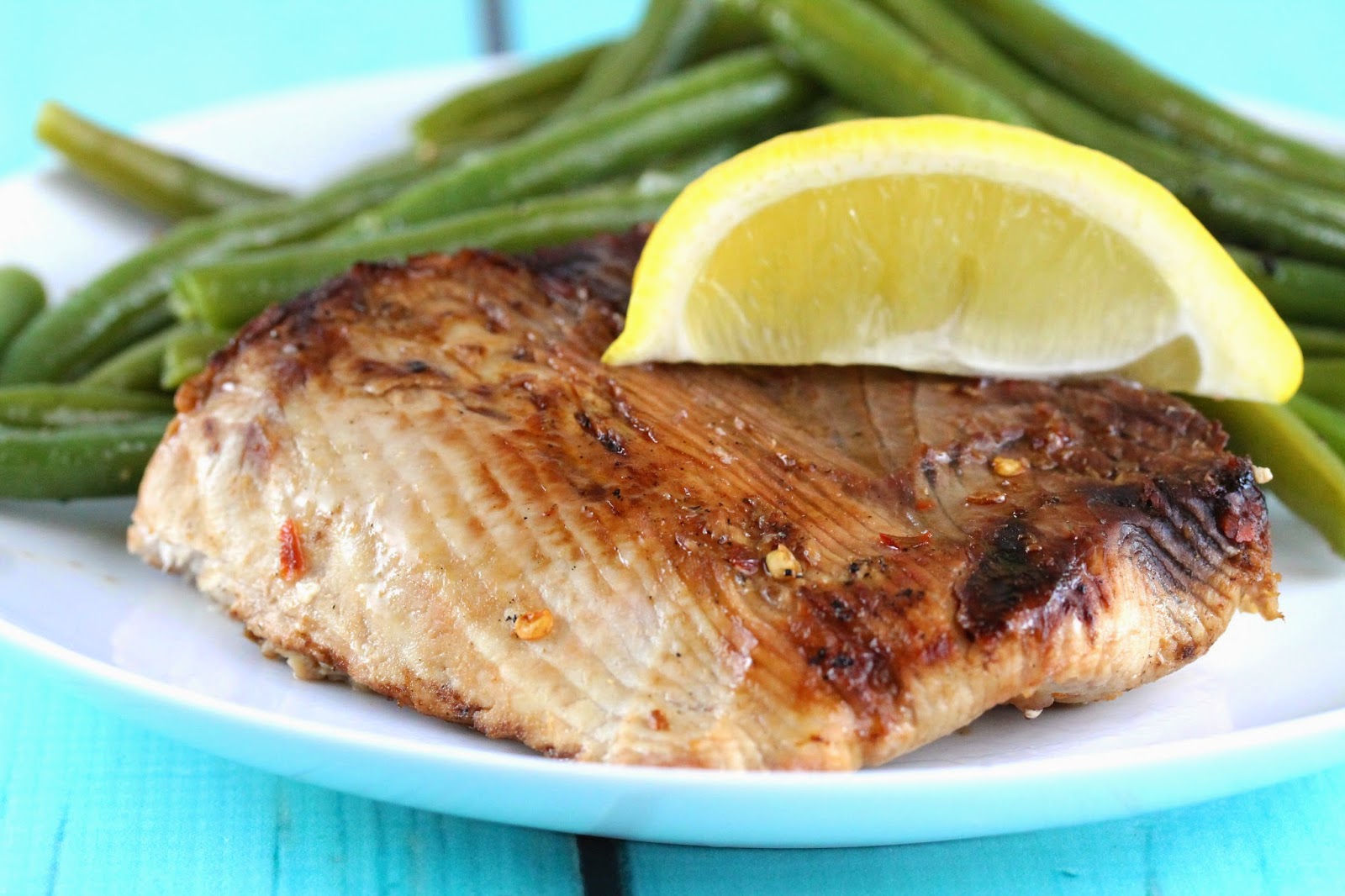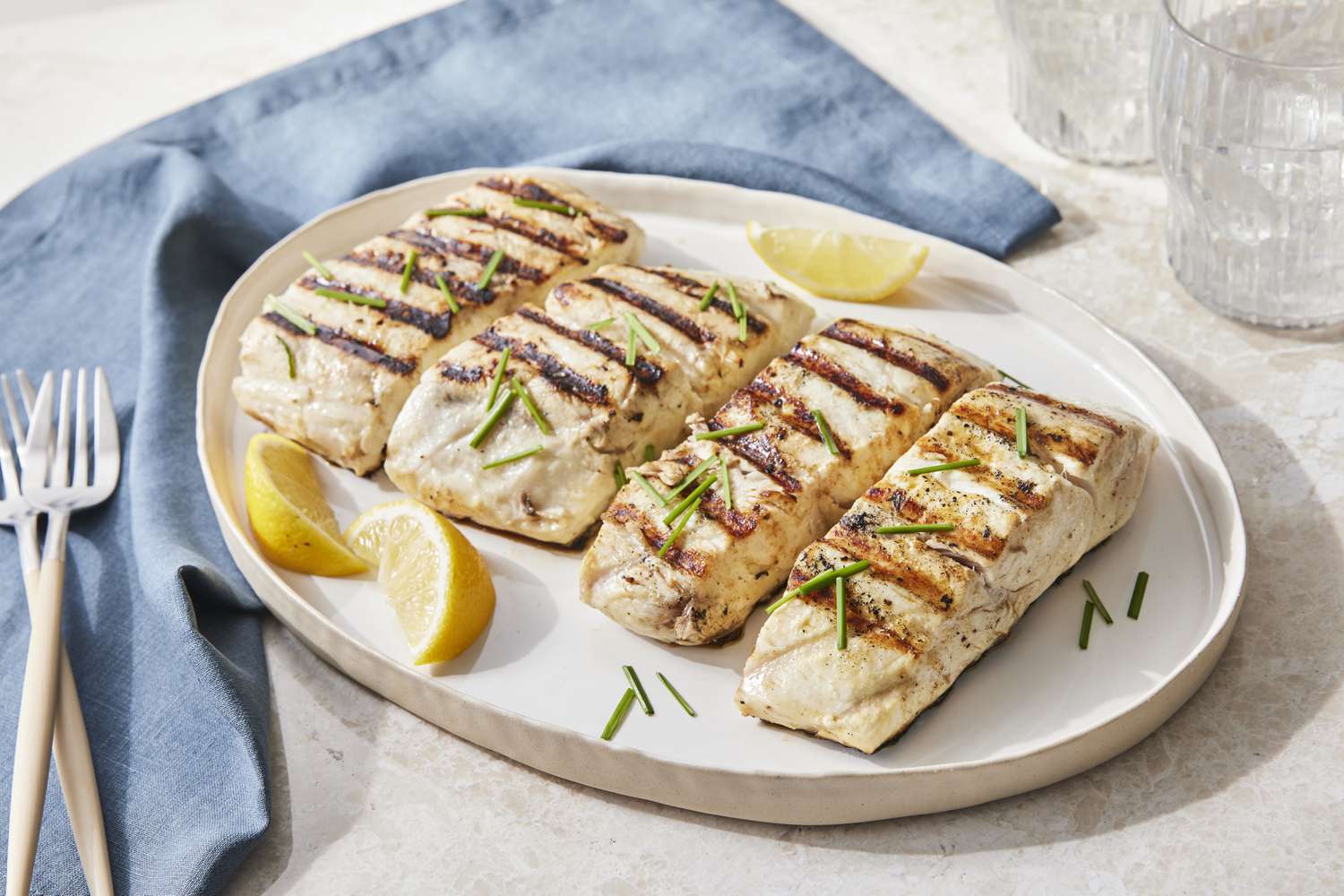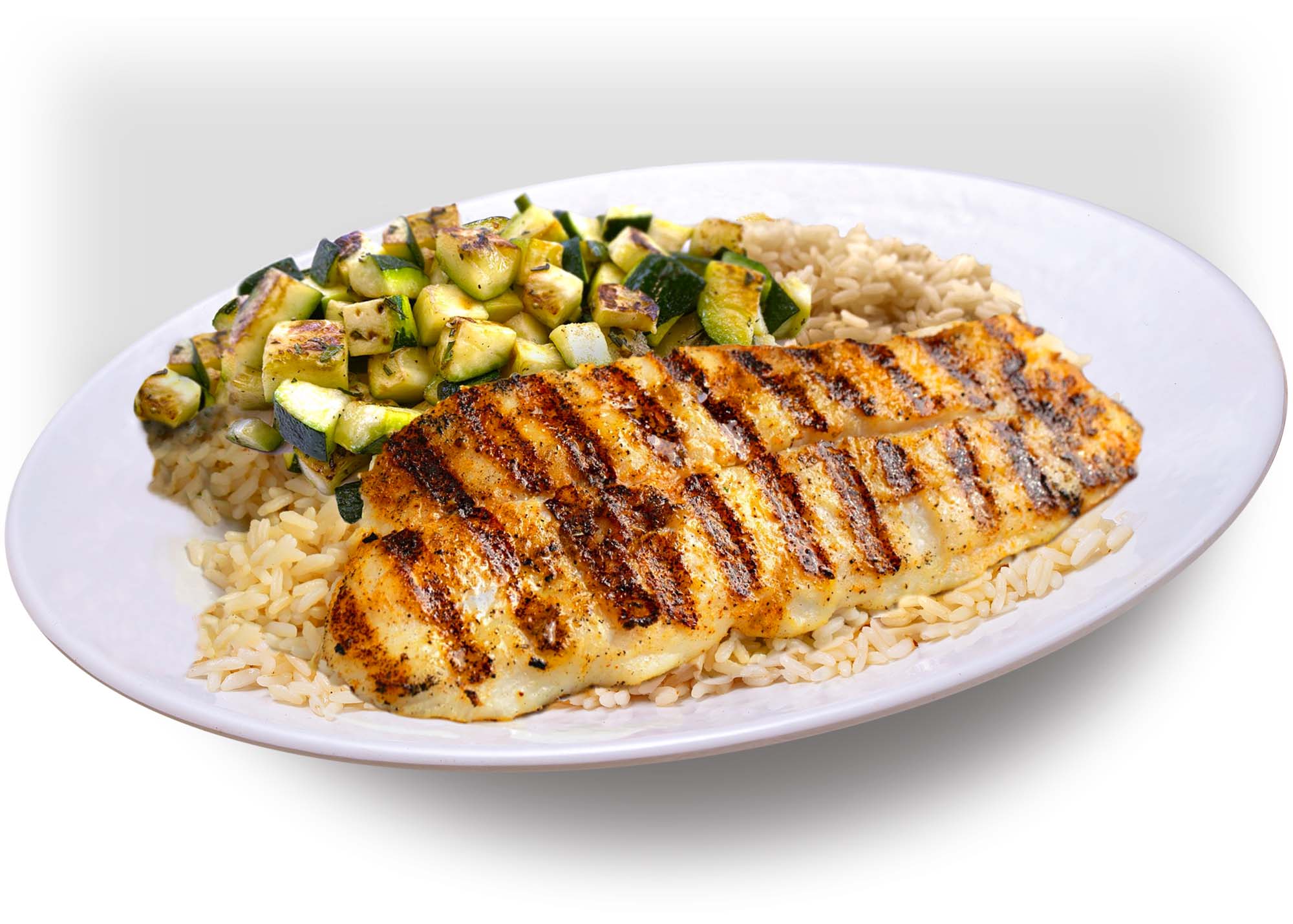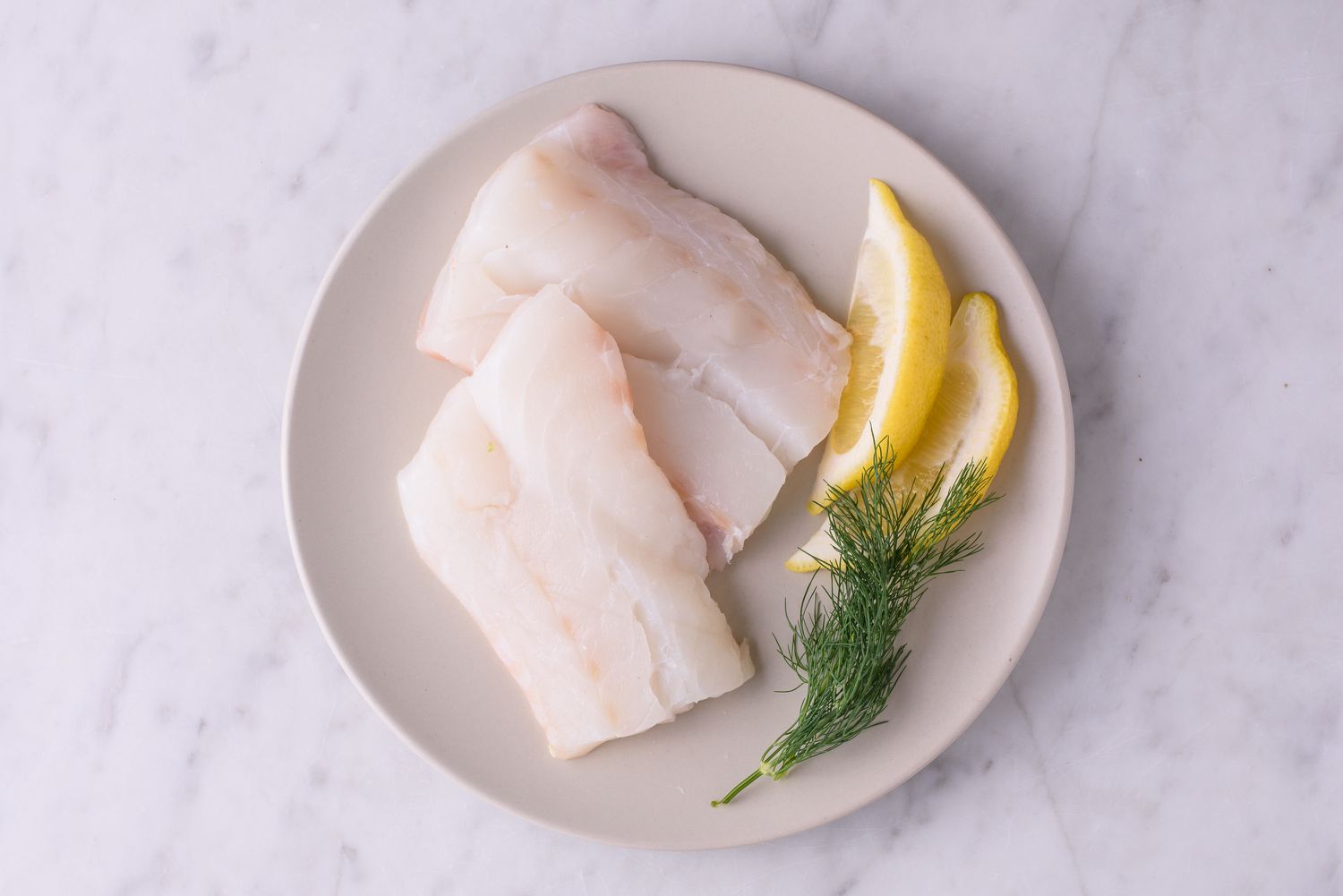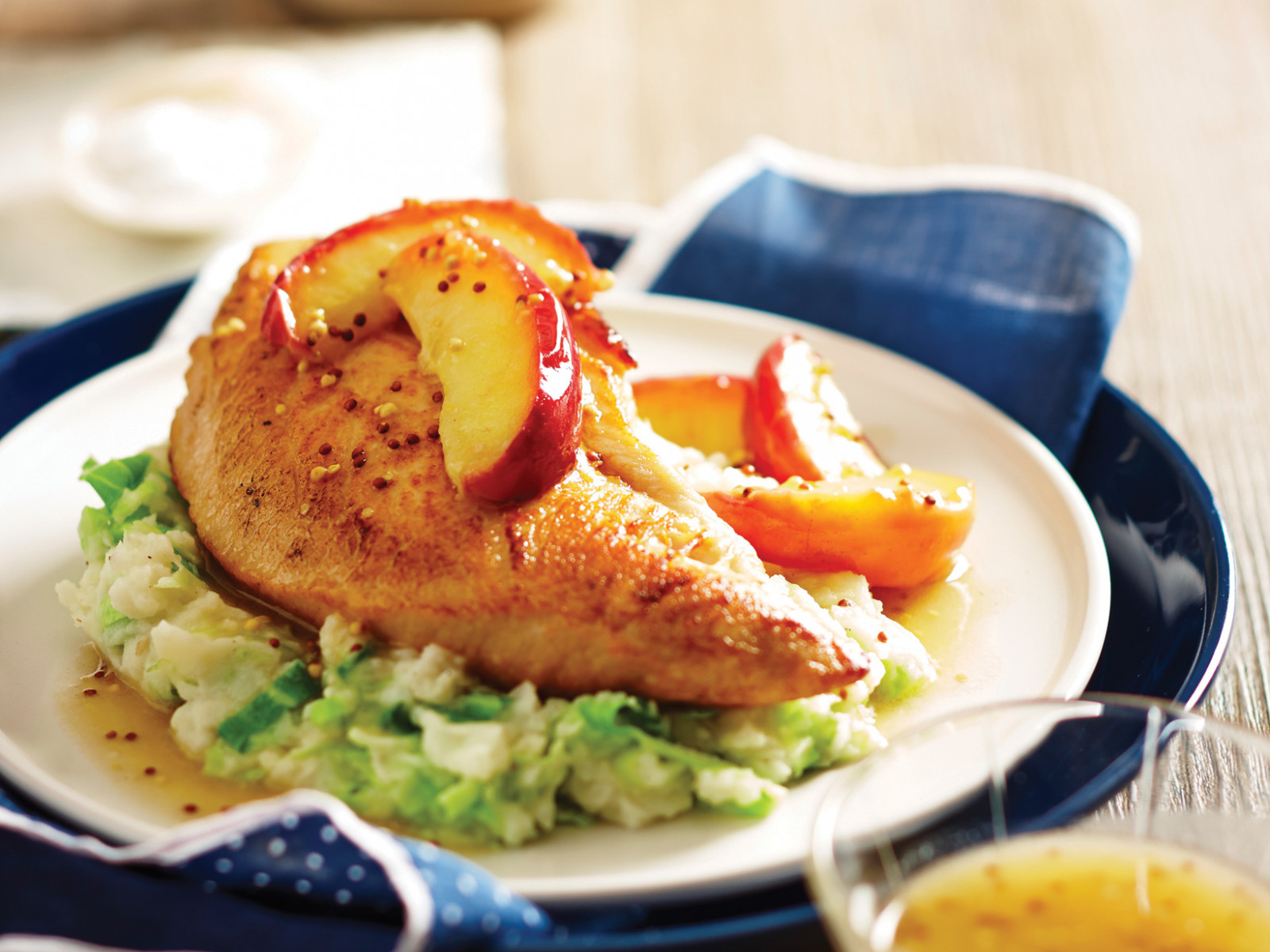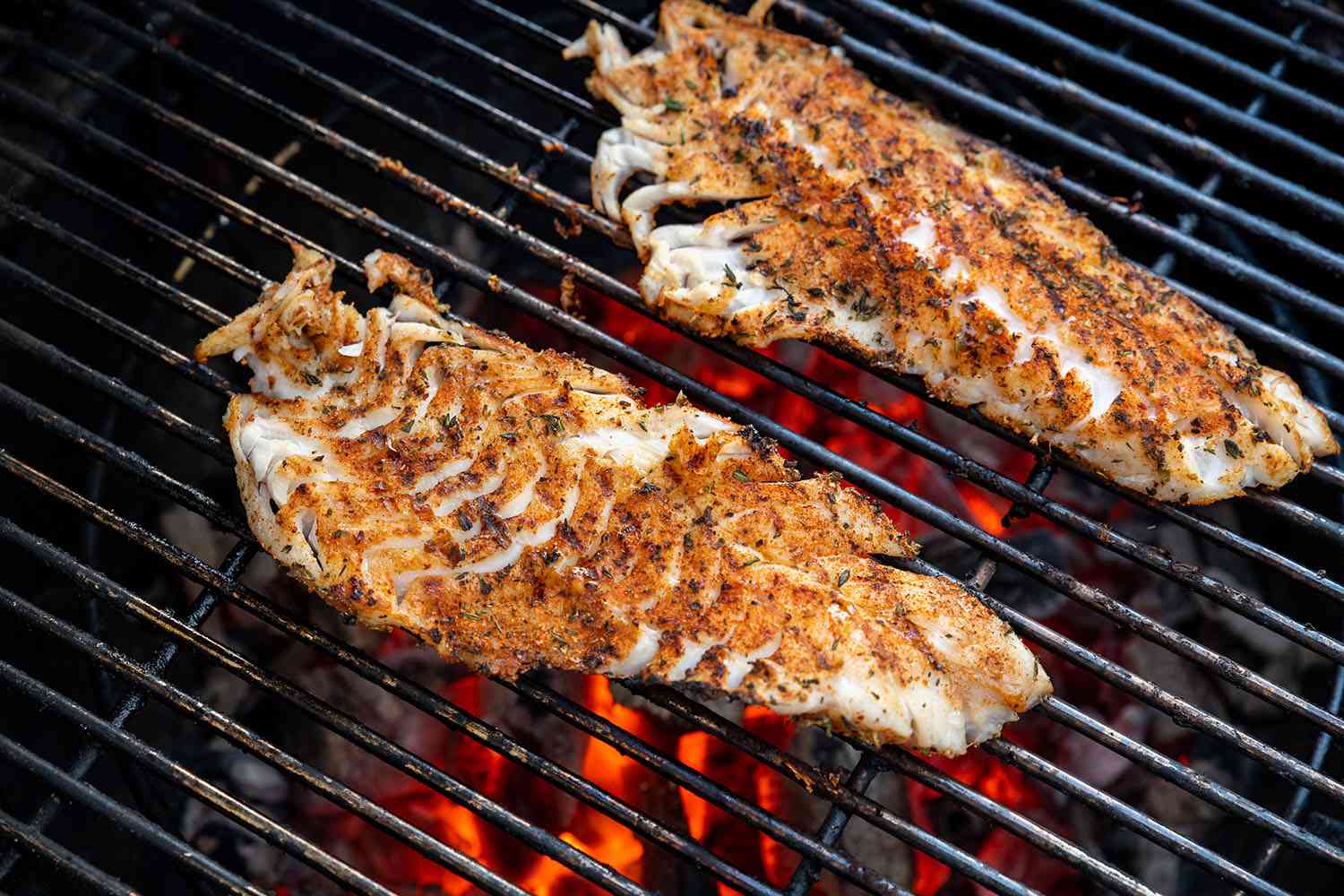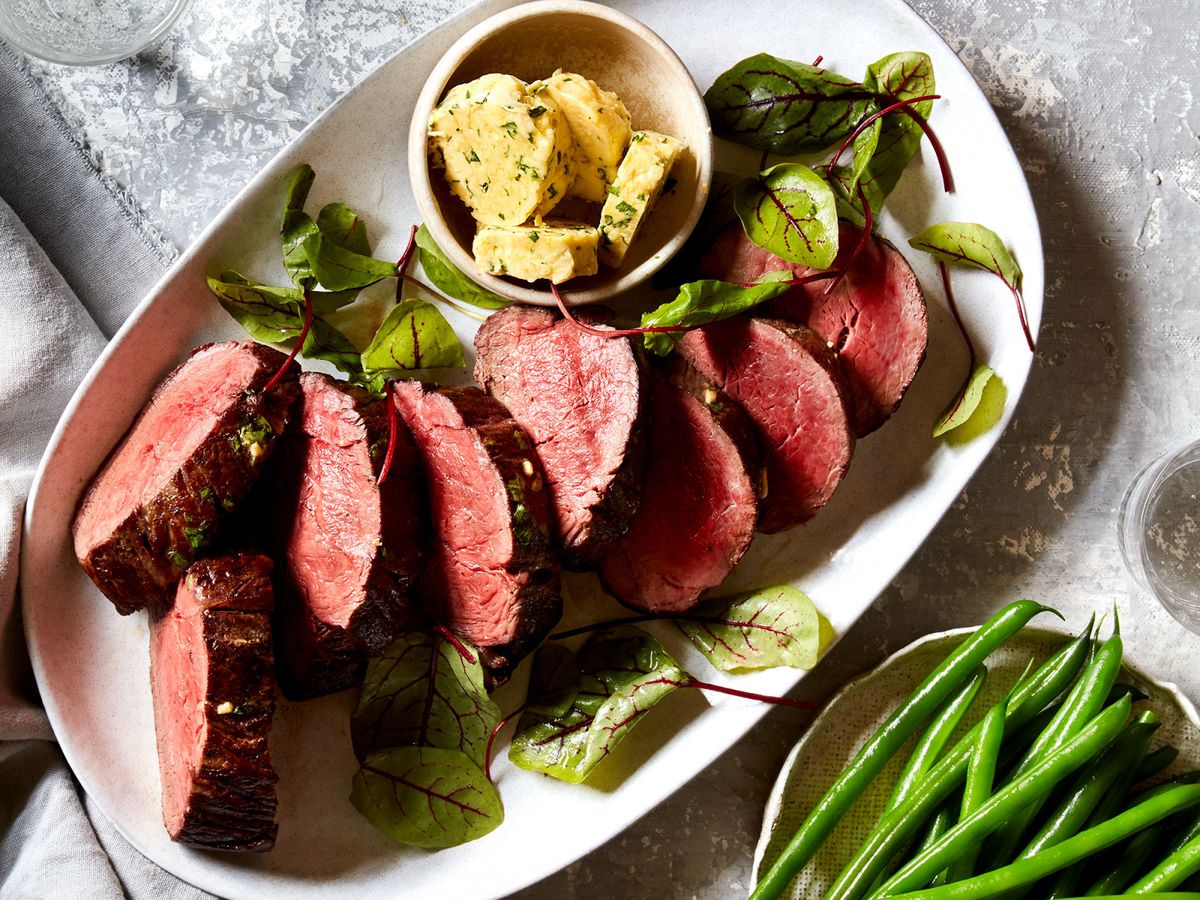Learning How to Fillet Cobia
Are you ready to learn how to fillet a cobia? Cobia, also known as black salmon, is a delicious and versatile fish that is prized by anglers and chefs alike. Filleting a cobia may seem daunting at first, but with the right technique and a little practice, you can become a pro at preparing this delectable fish.
What You’ll Need
Before you get started, gather the following items:
- Sharp fillet knife
- Cutting board
- Paper towels
- Plastic wrap
- Bowl of ice water
Preparing the Cobia
Once you have your tools ready, it’s time to prepare the cobia for filleting. Follow these steps:
- Rinse the cobia under cold water and pat it dry with paper towels.
- Place the cobia on the cutting board and make a diagonal cut behind the gills to remove the head.
- Use the fillet knife to make a shallow incision along the top of the fish, just behind the head.
- Continue cutting along the spine, using smooth, steady strokes to separate the fillet from the body.
- Repeat the process to remove the second fillet.
Filleting the Cobia
Now that the cobia is prepared, it’s time to fillet the fish. Follow these steps to ensure a clean and precise fillet:
- Lay one of the fillets skin-side down on the cutting board.
- Starting at the tail end, insert the fillet knife between the flesh and the skin at a slight angle.
- Use a gentle sawing motion to separate the flesh from the skin, keeping the knife blade parallel to the cutting board.
- Repeat the process for the other fillet.
Storing the Fillets
Once you have successfully filleted the cobia, it’s important to store the fillets properly to maintain their freshness. Follow these tips:
- Place the fillets in a bowl of ice water to chill them quickly.
- Pat the fillets dry with paper towels to remove excess moisture.
- Wrap each fillet individually in plastic wrap and store them in the refrigerator until you’re ready to cook.
Conclusion
Congratulations! You’ve successfully learned how to fillet a cobia. With practice, you’ll become more confident and efficient at preparing this delicious fish for your next culinary creation. Whether you grill, bake, or pan-sear the cobia fillets, you’ll enjoy the fruits of your labor in the form of a delectable seafood dish that’s sure to impress.
